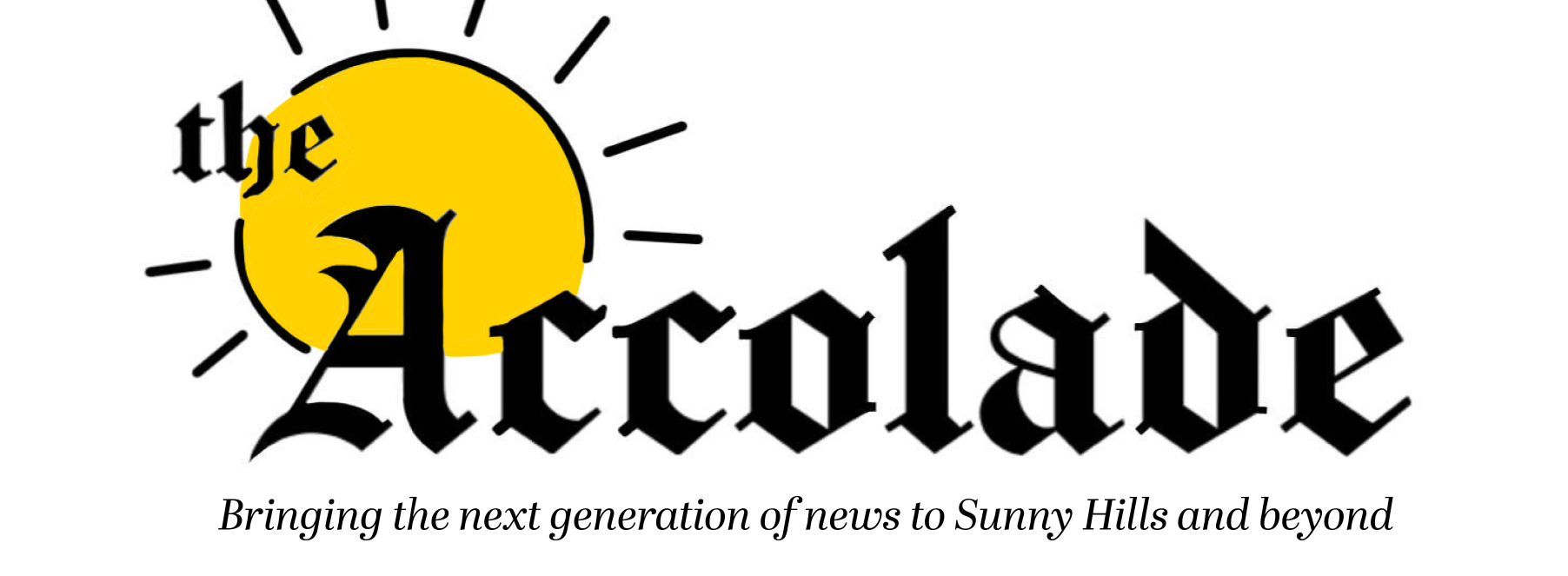This is the third and final of a series of stories dealing with the scheduled Nov. 2 reopening of Sunny Hills High School and what COVID-19-related safety and health measures the Fullerton Joint Union High School District [FJUHSD] has approved for teachers and students when the hybrid learning model replaces the current distance learning situation.
David Harris will finally get his chance to start his senior year on campus on Monday when Sunny Hills High School reopens for live classroom instruction as it transitions from distance to hybrid learning.
“I’m still thinking maybe I should stay home, but I do miss school, which is why I want to go back,” said Harris, who as part of Cohort A will be on campus on Mondays and Thursdays.
When he does return, the senior will be among more than 520 others — 22% of the nearly 2,400 total students enrolled — who’ve opted to follow the school’s health and safety protocols as outlined in a PDF file emailed to students, parents and teachers and posted on the school’s website.
More than 470 — nearly 20% of total student enrollment — are in Cohort B and will come to campus on Tuesdays and Fridays, while all students will continue with distance learning Zoom sessions on Wednesdays.
Many of those in cohorts A or B, including their parents, still have some lingering questions regarding the health and safety guidelines.
Harris said he wonders how school officials and campus security will enforce student traffic flow indicated by the white directional arrows painted on the ground even though a smaller number of students will be on campus.
“Usually, students are walking with friends and with lots of students walking together, so I feel like they won’t be paying much attention to the lines on the ground,” said Harris, who does not plan to use a locker so he won’t have to worry about abiding by those protocols. “When I return, I think I will just bring my chromebook and papers; perhaps I will need a folder, but I am going to wait to see if I need to bring my textbooks,”
Unlike Harris, Pamola Wizikowski will be coming to the campus for live classroom instruction for the first time on Tuesday because this is her first year in high school.
“I really missed being in the social environment and seeing my friends ,which is one reason I chose to return to school,” said Wizikowski, who’s in Cohort B and has already paid her $25 rental fee for a locker. “And after rereading the plan, I was certain that we have proper safety measures in place to begin school, especially after seeing the excellent protocols like the thermal screening.”
The ninth-grader said she plans to spend the break period outside as opposed to checking out what the school library has to offer.
“My friends and I haven’t decided where exactly we will be, but we will most likely be outside,” Wizikowski said. “We are all planning to stay six feet apart and away from other groups in respect of the safety precautions.”
At the moment, she doesn’t have any concerns about the school’s requirement to keep the restroom doors open throughout the day. That’s because her former middle school, Parks, had already initiated it toward the end of her eighth-grade year before schools closed to live classroom instruction in mid-March because of the coronavirus pandemic.
“I think that this may make some students feel uncomfortable, but for the most part, I am personally used to it and don’t see it as something that will bother me,” Wizikowski said.
Although Wizikowski’s mother, Heather Taylor, expressed her approval of the school’s safety plan, she has concerns about the school’s efforts in addressing students’ mental health.
“I really think the [Fullerton Joint Union High School] District has fallen down on attending to the mental health of students during this pandemic,” Taylor said. “Aside from contact information for counselors, I haven’t seen anything else comprehensive from the school in regards to emotional support to successfully transition back to in-person schooling.”
In addition, Taylor questioned the school’s course of action in the case that a student or staff on campus tests positive for COVID-19.
“The Centers for Disease Control and Prevention [CDC] Decision Tree included in the plan is very vague and doesn’t address what exactly will happen if a large group of students or staff test positive,” she said. “The question I am left with as a parent is how many students/staff would have to be infected before school would be shut down again.”
TEACHERS’ REACTIONS TO CLASSROOM SAFETY PROTOCOLS
As stated in the safety plan, instructors will be supplied with safety equipment such as a handheld touch-free thermometer and plastic partitions to put on the desks for larger classes. They also have the option of wearing face shields with their masks.
English teacher Suzanne Boxdorfer said she plans to manage her classroom by utilizing the provided plastic partitions depending on the class sizes.
“It’s going to be a decision I make closer to the time we get back to school because I’m not sure how many students are in each class,” Boxdorfer said. “If [there are] more students and less space, then I’ll use it for that period, but if not, I don’t think I’ll need them.”
Some instructors have also been trying to figure out how much sanitizing should be done during passing periods between classes since custodial crews cannot go to every classroom to do any deep cleaning until after school ends.
That’s an issue Spanish teacher Scott Griswold said he had already figured out since the spring semester as reports of the coronavirus outbreak began to spread from Asia to the United States.
“As my students and I started watching the events in China, one of the ways we reacted was to start cleaning desks more frequently,” Griswold said. “I have one student per table get paper towels and wipe the desks as I walk around spraying disinfectant for them to clean with.”
Despite the sanitizing situation, Boxdorfer said she has no qualms with the strict COVID-19 prevention guidelines school officials have put in place to make Sunny Hills, Safety Hills.
“I feel extremely safe and comfortable on campus, and I know that everything in the plan has been thoroughly thought out,” she said. “I can’t think of anything that I’ve been concerned about as far as safety while on campus, and I’m glad students are coming back.”
Similarly, science teacher Walter Haberaecker expressed his gratitude for those who developed the protocols.
“One important thing to realize is that many schools simply threw in the towel, announcing extended school closures for this school year,” Haberaecker said. “Our district and school did the hard work of holding dialogue with parents, students, teachers and health and safety experts to come up with a safe and realistic plan to bring our kids back to campus.”
Despite some of his colleagues’ dire descriptions about what hybrid learning will look like in the classroom, the science instructor said he’s looking forward to the challenge.
“This is an opportunity for educators to innovate and find new ways to facilitate instruction and for students to challenge themselves to rise to this once in a lifetime situation,” he said. “I really believe that our school has the potential to provide an example to our country and state of how effective hybrid learning can be done.”






